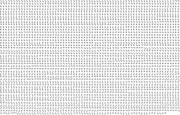Pseudo-polyomino
Pseudo-polyomino
Geometric shapes formed from squares
A pseudo-polyomino, also called a polyking, polyplet or hinged polyomino, is a plane geometric figure formed by joining one or more equal squares edge-to-edge or corner-to-corner at 90°. It is a polyform with square cells. The polyominoes are a subset of the polykings.
The name "polyking" refers to the king in chess. The n-kings are the n-square shapes which could be occupied by a king on an infinite chessboard in the course of legal moves.
Golomb uses the term pseudo-polyomino referring to kingwise-connected sets of squares.[1]



